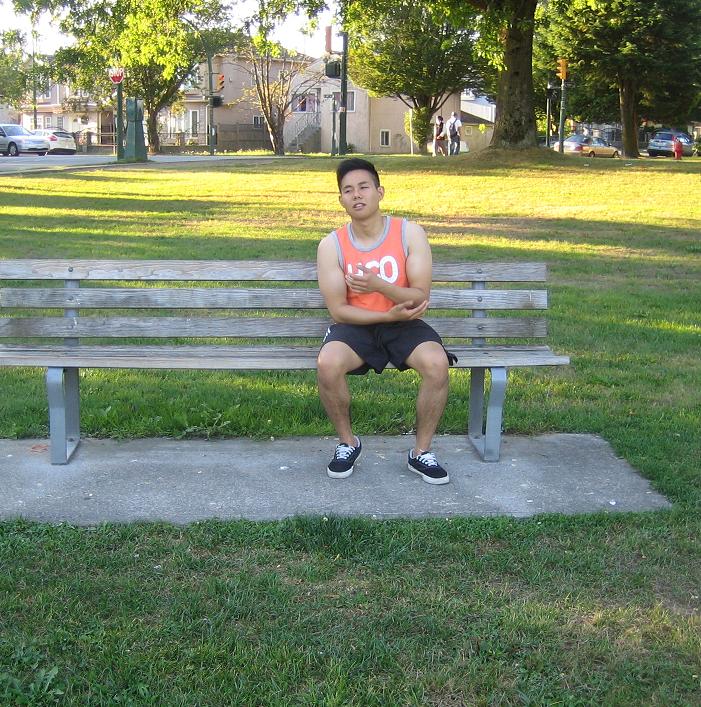Acute wounds involve an injury to the skin that occurs abruptly rather than over time. These wounds heal at an expected rate based on the average wound healing process.
Acute wounds can occur on any part on the body and diverge from shallow scratches to profound wounds that damage the blood vessels, muscles, nerves or other body parts.
What are the causes?
Various actions can cause this type of wound including:
- Rough surfaces that scrape and rub against the skin
- Sharp edges or blades such as a knife
- Sharp pointed objects such as a nail
Acute wounds can occur on any part on the body and diverge from shallow scratches to profound wounds that damage the blood vessels, muscles, nerves or other body parts. - Strong blows by objects that tears the tissues roughly by sheer force
What are the types of acute wounds?
Acute wounds are categorized as surgical and traumatic.
Surgical wounds are incisions purposely made by a healthcare professional and precisely cut which creates clean edges around the wound. These wounds can be closed or left open to heal. The healing course for surgical wounds is based on their capacity to trigger infection.
- Clean – a clean wound is not contaminated and usually done in an operating room or in a sterile environment
- Contaminated – a wound that was likely contaminated with bacteria but not yet infected
- Dirty – a surgical wound with bacterial infection
Traumatic wounds are injuries to the skin and the underlying tissue due to force. These are classified based on the object that caused the force
- Puncture – a pointed item stabs into the tissue that oftentimes result to trauma that covers several layers
- Abrasion – a rough surface scrapes or rubs on the skin which results to trauma and tearing of the tissue
- Laceration – any sharp item delivers a strong blow to the tissue resulting to a tear that is irregular or jagged
- Incision – a straight edged cut into the skin due to a sharp blade
What are the indications?
There is pain, bleeding or swelling at the site of acute wounds. The area around the wound might be open and appear torn and jagged. In case a wound is infected, there might be foul smelling drainage. In addition, the area around the wound might be swollen, reddened or tender.
Management
The treatment of acute wounds usually depends on the location and severity. General wound care might include the following:
- Bleeding control – determine the source of bleeding and apply pressure to stop the bleeding
- Cleansing of the wound – you can utilize water and soap for minor acute wounds. For bigger, deeper or complex wounds, saline solution is used.
- Debridement – if needed, the wound is cleared of any debris, objects or dirt.
- Dressing – there might be a need to apply sterile strips, staples, skin adhesive or stitches to bring together the wound edges for closure. Some wounds are left open or covered with dressing depending on the location and severity.
- Antibiotics – in some cases, antibiotics can be given to prevent infection. This is applicable in cases where the risk for infection is high such as those contaminated by debris. Medications for swelling and pain and other wound specific treatments might also be recommended.
More Information / Disclaimer
The information posted on this page on acute wounds is for learning purposes only. Learn to recognize and manage acutewounds and how to perform proper wound care by taking a standard first aid course with Red Deer First Aid.


